Introduction
A few months ago I heard Lydia Amir’s radio program about the tragic and comic. It was a quick, but deep, look into these two feelings. The show discussed the writings of the great philosophers on these subjects, and as all of Lydia’s radio programs it was accompanied by music relating to these sensitive and vast issues.
Listening to the radio show inspired me; when does a shoe become comic? Can we draw a clear line where a shoe stops being a ‘regular’ shoe, and becomes something funny?
I was curious to interview Prof. Lydia Amir – who is a practical philosopher – and hear more about these two qualities and feelings, (that make the world go round).
When: Sep 2015
Where: Berlin-Boston, via Viber.
If you were to choose one word to describe the dynamics between tragedy and comedy, what would it be?
HUMOR! Humor has the capacity to change tragic into the comic.

Could there be a situation which is neither tragic nor comic? If so, what is it called?
Most things are neither tragic nor comic, it is we who experience them as one of the two. Frustration, for example, will usually be described as tragic by most people.
By doing this we move away from the clear essence of the experience and the event. But there is way to manage, adjust or tune these strong emotions; to metamorphose the tragic into comic and thereby resolving inner conflicts. It creates a stable joy, peace, and leads to better action.
Would you describe the transformation from tragic to comic as a sharp instant change, or a more gradual, evolving change?
It is not sharp, it involves work.
Part of the process is to acknowledge the world and realize how many times human needs or desires are not met. Being aware of this, instead of trying to avoid this honest look into and at the world, enlightens us, connects us to the presence of the cosmos.
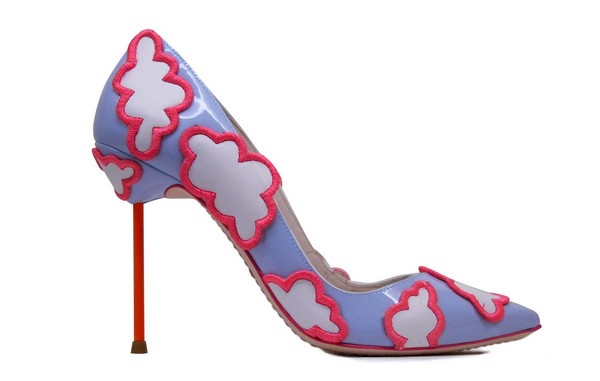
There is work to do, you have to allow yourself to live with conflict, with the tragic contradiction, and then while things are happening practice in ‘real time’ to see them as comic.
It takes a few years of repeating this – that you are fundamentally ridiculous! Then wonderful things can happen.
It is really a remedy that works, I published a set of exercises to practice this skill and method.
A thought has occurred to me, shoes – their existence is tragic. They express the gap between the foot and the ground. Their subtext is ‘the world around us is not perfect; there are stones, spikes and hot sand that could hurt our feet’. Could we say that a shoe has a tragic essence in it, (-or: Could we say that the exi
stence of a shoe is tragic) but shoes that are flexible and ethical are able to address this tragedy and suggest consolation?
It is an interesting idea.
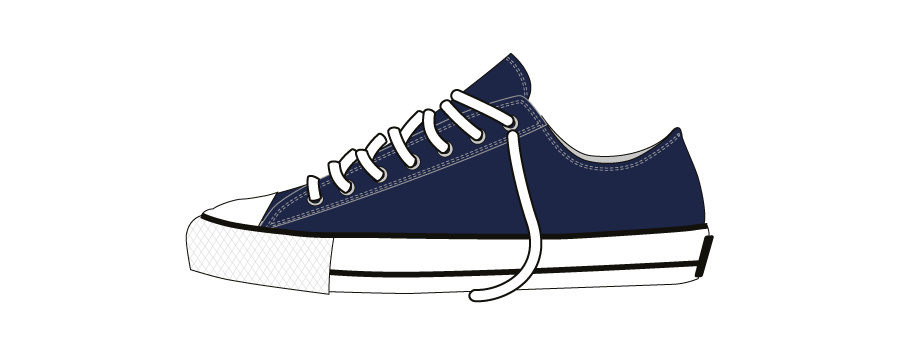
If we conceive shoes as an ‘opposition’ to the reality around us then yes, they could be tragic. But before tragic, the shoes represent creation, aiming to resolve the conflict between us and the environment. Shoes come as a mediator; they intervene between us and the world. Shoes influence our mood and wearing flexible and comfortable shoes allows us to be ourselves, therefore they are less tragic and more comic.
What would make a comic shoe, what attributes, or design?
Comic shoes; that is a great idea! We have two feet but still people wear two identical shoes and I never really realized why. I think it is about time to create shoes that talk to each other, that are related to one another. Shoes that are not a replica or a mirror of the other half pair; a story could start on one shoe and then continue to the other and when you position the two together they complete a picture. Also there is no need for the two shoes to have the same colors!
The same goes for earrings; I think they should be of different length, different designs. There should be movement between the two earrings, not repetition.
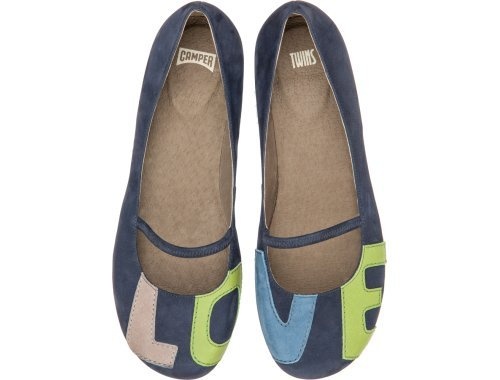
It’s more common to see someone wear earrings in an asymmetrical way.
Still not common enough.
A pair of shoes could consist of different colour patterns on each shoe. When, for example, you sit crossed legged – they complete one another. The asymmetrical shapes should make sense in many situations.
This is quite a complicated task, creating shoes that in many situations have some logic.
Maybe. But still the main point is that we expect our clothing and items to be symmetrical. Asymmetrical challenges us.

This reminds me of an experience I once had:
When I was living in Paris I went to school wearing two shoes from different pairs; I was in a hurry, and it was still dark outside, so by mistake I put on one shoe in red, the other in black. I think they also had a slight difference in heel height. By the time I discovered the mistake it was too late, I was on the bus, heading to school.
How did people react to it?
People were looking at me. I wanted to let them know that I know this is wrong, so they would not think I chose to dress this way – this would mean I am “really crazy”.
You could talk to them, say something short, simple and funny ‘break the ice’ of this comic situation.
You can’t talk to people on a bus in Paris. That would have been even crazier!

So I tried to hide my shoes, to move, to show people on the bus that it made me feel awkward – to “pass on” the message that I knew this was ridiculous.
This is an example of the philosophy practice I mentioned; by acknowledging that I was ridiculous – it made the situation less tragic. We are fighting so profoundly against being ridiculous but when we accept it, it becomes ok. When we do not acknowledge it, do not accept it, we increase its tragic aspect. People assign much importance to symmetry; as soon as one item is not coherent we call it comic.
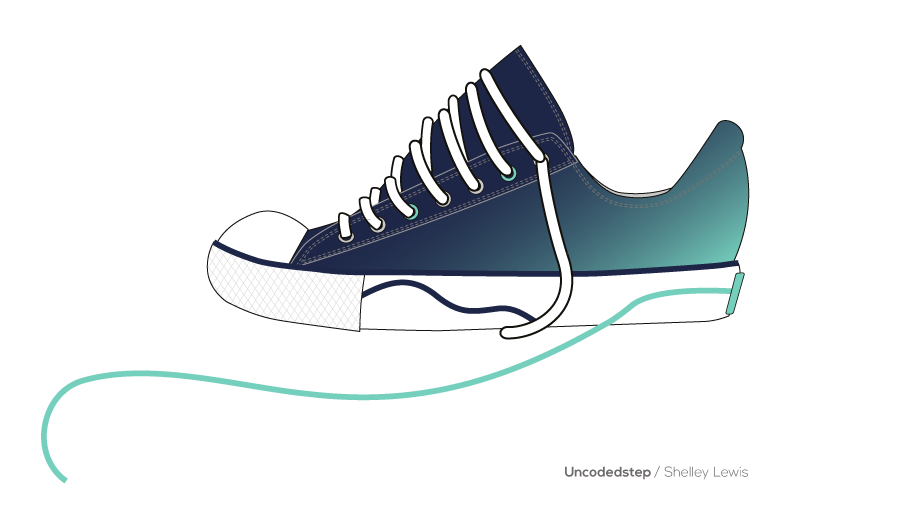
I thought proportions are the key for defining comic or tragic.
Out of order, something not cognitive.
I would like to design shoes like that, philosophical shoes. They should express movement, not symmetry. I would like to use color, writing that flows from one shoe to the other. Shoes should emphasize the movement.
So let’s design shoes, I do not know about comfort, but I do know women need to come to work on high heels. They commute to work wearing sneakers and then change to high heeled shoes. I would love to see a shoe transform from a really flat heel to a high heel. Design portable heel. And comic, asymmetric shoes.
Also shoes with too much adornment, are considered ridiculous.
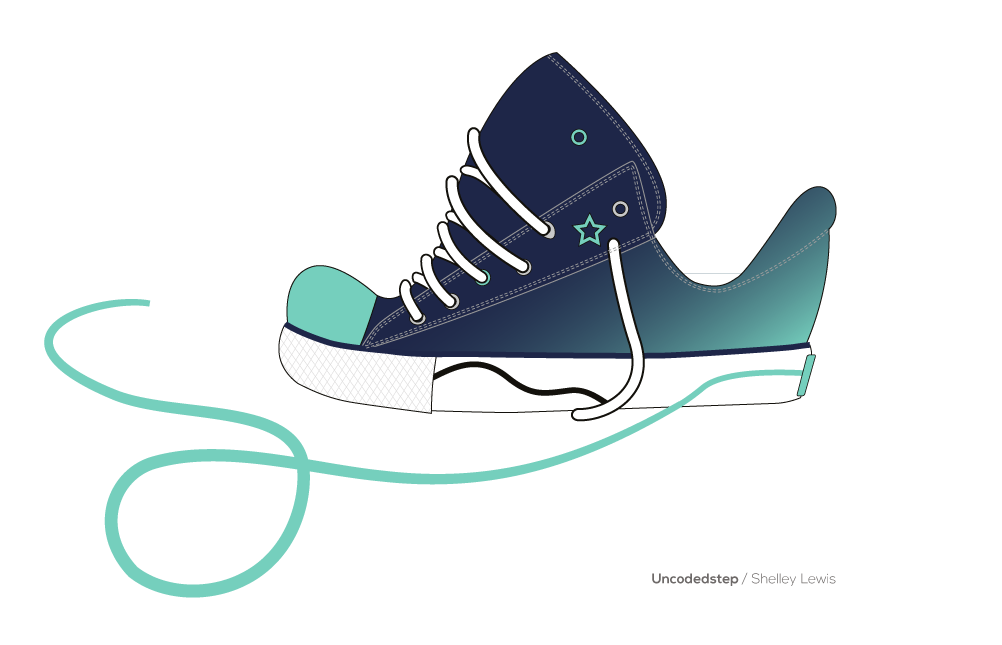

What made you become a philosopher, is this a decision you made at a young age, or was it a personal development which evolved out of other events and disciplines in your life?
Growing up, I was trained as a classical pianist, I loved composing music and also loved mathematics. When I became 17 I wanted to study in the academy but had to choose between my two loves – music or mathematics. I felt sad, I had a tragic feeling because of this. At the age of 17 I found at our home books written by Plato, Victor Frankl, those books helped me at the time.
I chose mathematics and added philosophy.
Then I continued to study Philosophy of Mathematics.
And then philosophy.
Music has stayed my great love as a hobby, so it has been taken outside of the stress of career.
I chose the radio program because I could incorporate music, experiment with music to see how it helps to digest philosophy. I try to add music that not only relates to what I am talking about, but really helps transcend the conversation to the listener; it is a form of messaging. I put a lot of thought into choosing the music I will play in my radio program, it has the same scope as the words said. Problems are universal, that is why I incorporate music from all parts of the world, of all kind.
Music can help convey abstract ideas – I do not know how much this has been studied.
Music – between two segments of the talk, can distract or it could link to the following segment of a conversation, illustrate what has been said. Music could be like a chapter in the conversation.

Something, or someone, who influenced your work, your cogitation?
When I was a child my best friends were comic books. I think humor accompanied me since then and influenced the way I wanted to bring philosophy to the public.
Another influence on my way was Prof. Josef Agaai. I studied with him from my first year in Tel-Aviv university and through to my Ph.D. which he mentored.
Agasi encouraged me to do what had started to evolve in my work; a practical point of view on philosophy, linking philosophy to our day-to-day lives.
These two powers, two qualities – humor and practicality – were my best guidance and influences.
Did you get the sense of humor from your surroundings, or was it something more innate?
There was a lot of humor in our home
We traveled all over the world, my father was an ambassador and being the only child made me develop a deep inner world, it encouraged me to use my imagination.
If you were not a philosopher, what would you be, which profession would you have chosen along the way?
Composer, mathematician, sexologist. I would be happy dancing in a club as a go-go girl. Dance makes me the happiest in the world, I dance at home.
I think life should be celebrated!
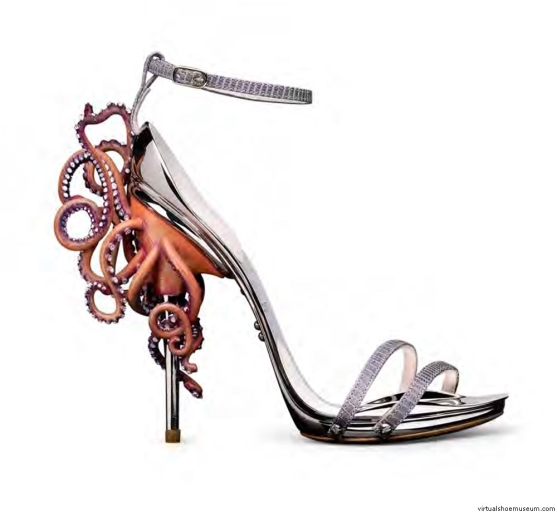
I took the long way via philosophy to prove that through the tragic sense of life, a better, revealing, healing, humorous way can arise; the short way for me was dancing and singing. I love to evolve arts, poetry, FERFORMING but it would not have satisfied me because my intellectual side would have been neglected. So it was a challenge, how to combine different loves and interests. A good example of how to arrange your life and existence is shwarma, yes, the food – how by putting everything around one center, we create life, clarity, harmony. For me it was philosophy that created this center around which I could arrange the questions of life, dilemmas, emotions. It still is.
If there was one question for which you could choose to receive a clear definite answer, what would it be?
Does God exist?
The interview ended. I was left with many inspiring thoughts and ideas; how could I create comic shoes? Perhaps I should scribble a few “amusing pump shoes” or “funny sneakers”? and what if one day I would want to turn these sketches into a real shoe, to create a sample = what will it take?? I guess the shoe would consist of some very unusual patterns and would require the loving work of an open minded pattern maker with hands of gold.
I also had the urge to sketch shoes that gradually become comic. I wonder where along the line the shoes start looking comic to you, where does this magic begin?
About Prof. Lydia Amir;
Lydia Amir is Associate Professor of Philosophy at the College of Management Academic Studies, Rishon LeZion, Israel, Visiting Professor at Tufts University, Boston, USA, and Researcher at the Institute of Advanced Humanistic Studies, Hubei University, Wuhan, Hubei, China. Apart from many articles and essays on the history of philosophy, ethics, practical philosophy and the philosophy of humor, she is finalizing her sequel to her 2014 monograph, Humor and the Good Life in Modern Philosophy: Shaftesbury, Hamann, Kierkegaard (Albany, NY: SUNY Press), calledLaughter and the Good Life: Montaigne, Nietzsche, Santayana. She co-edited an anthology on Practicing Philosophyfor Cambridge Scholars Press. She is the Founding-President of the International Association for the Philosophy of Humor, the President of Joyology, and the editor of The Israeli Journal of Humor Research: An International Journal. She is a certified philosophical practitioner and airs a weekly radio program, “Diotima” on philosophy in everyday life www.106fm.co.il

